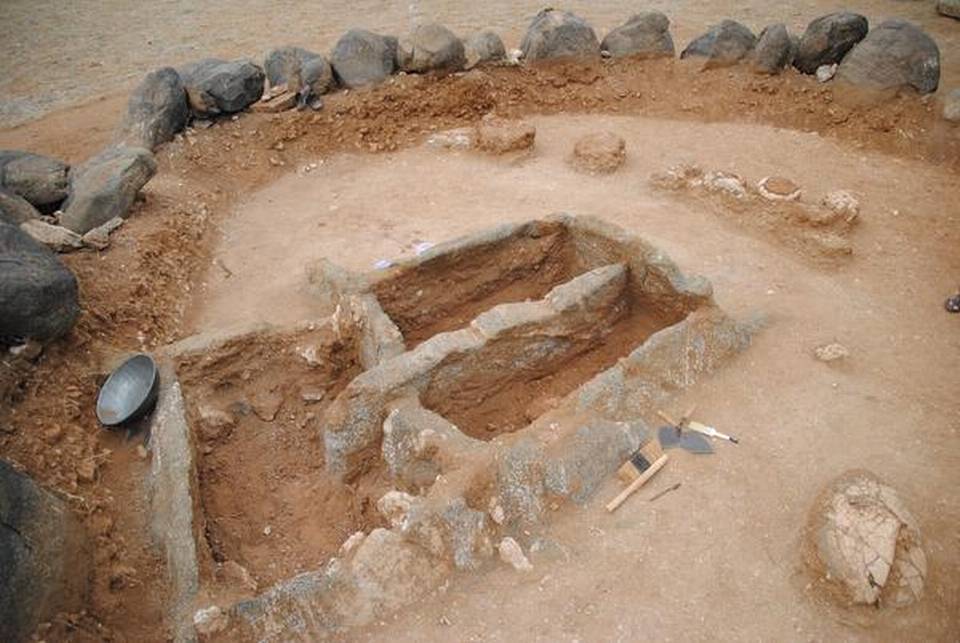900 319 0030
enquiry@shankarias.in
Cairn Circles

Kodumanal
Garib Kalyan Rojgar Abhiyaan
Common Service Centres
Krishi Vigyan Kendras
Rajya Sabha Polls
Methods of Voting in RS Polls
Asian Development Outlook (ADO)
Asian Development Bank
Adjusted Gross Revenue (AGR)
Verdict on AGR
Election to Non-Permanent members of UNSC
United Nation Security Council
Source: The Hindu, Outlook, Economic Times, Live Mint